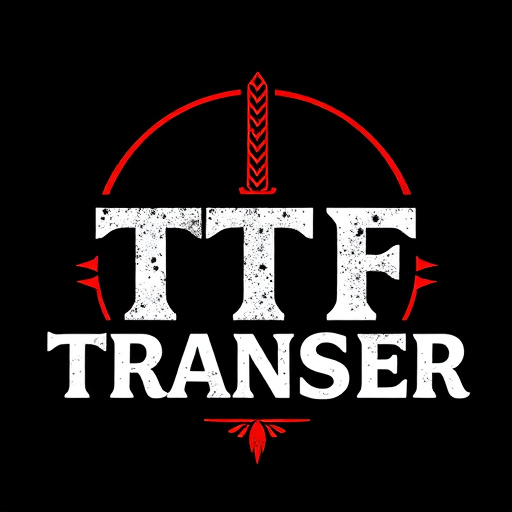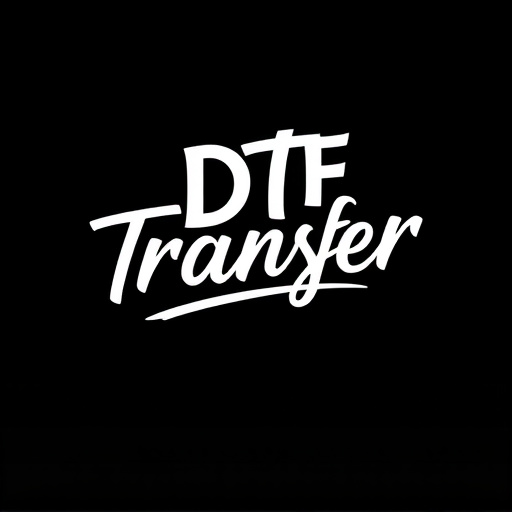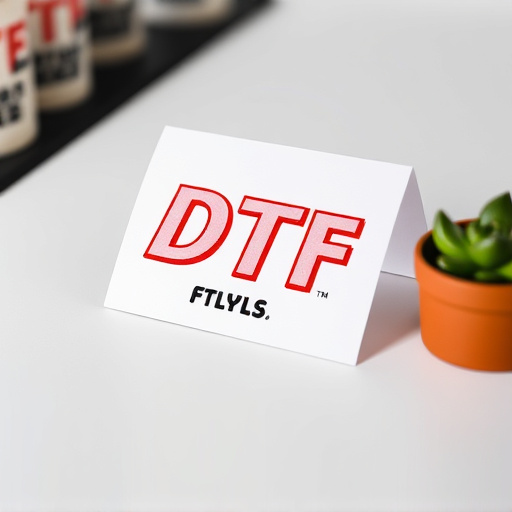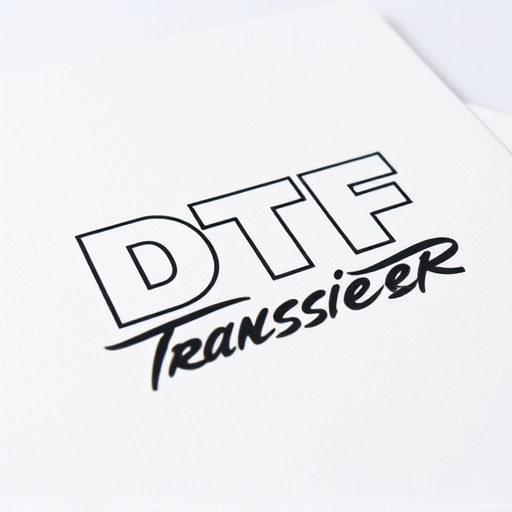Direct-to-Film (DTF) transfers are revolutionizing printing, offering high-quality digital-to-print conversions with fast turnaround times. Ideal for professionals and amateurs, DTF prints preserve image quality and color accuracy. Expedited production services provide cost-effectiveness and flexibility, catering to on-demand needs. DTF technology is a game-changer across industries, from special effects to event planning, offering vibrant, durable prints for immersive experiences. The future includes AI automation and sustainable practices, ensuring DTF's continued relevance in the evolving media landscape. Choosing the right DTF partner with specialized expertise is key to achieving exceptional results.
In today’s fast-paced media landscape, efficient production services are key. Expedited Direct-to-Film (DTF) transfers offer a game-changing solution for print and digital applications. This article delves into the world of DTF technology, exploring its benefits, streamlined process, and diverse applications. From understanding the fundamentals of DTF transfers to choosing the right printing partner, we’ll guide you through the essential aspects. Discover how this innovative method enhances productivity and quality, shaping the future of print with advanced DTF technology.
- Understanding Direct-to-Film (DTF) Transfers: A Quick Overview
- Benefits of Expedited DTF Production Services
- The Process: From File to Print in a Snap
- Choosing the Right DTF Printing Partner
- Applications: Where DTF Prints Shine
- Future Trends in DTF Technology
Understanding Direct-to-Film (DTF) Transfers: A Quick Overview
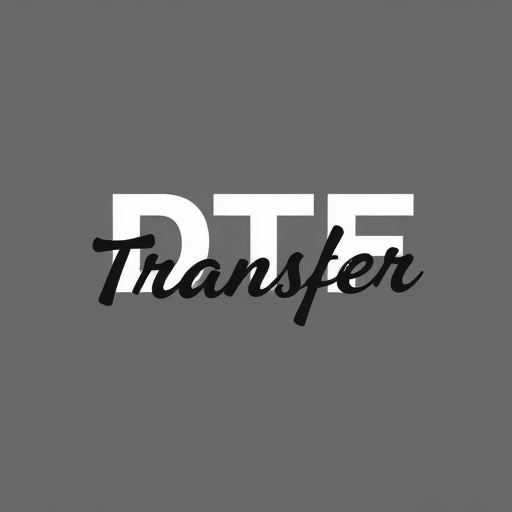
Direct-to-Film (DTF) Transfers are a cutting-edge method revolutionizing the printing industry, especially for photo enthusiasts and artists looking to create high-quality prints directly from digital files. This process involves transferring an image or artwork onto a light-sensitive film, which is then exposed and developed, creating a negative that can be used for printing. The beauty of DTF lies in its ability to produce sharp, detailed prints with vibrant colors, making it a favorite among professionals and amateurs alike.
With the rise of digital photography, DTF Printing offers an accessible way to bring digital art into the physical realm. It’s not just about converting pixels to paper; it’s a specialized technique ensuring that every nuance of the original digital artwork is preserved, resulting in exceptional DTF Prints. This method has gained popularity due to its speed, convenience, and superior image quality, making it an attractive option for those seeking expedited production services for their film transfers.
Benefits of Expedited DTF Production Services
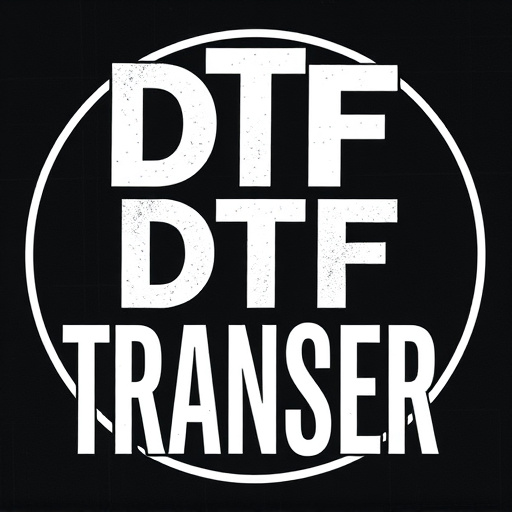
Expedited production services for direct-to-film (DTF) transfers offer a myriad of benefits, streamlining the process and ensuring timely delivery. By leveraging advanced technologies and optimized workflows, these services significantly reduce turnaround times without compromising quality. This is particularly advantageous for businesses and individuals looking to swiftly convert their content into DTF prints, catering to various applications like printing on demand, short-run projects, or even emergency replacements.
With expedited DTF production, you gain access to faster turnaround times, cost-effective solutions, and enhanced flexibility. It enables prompt response to market demands, allowing businesses to stay competitive in today’s fast-paced industry. Moreover, the reliability and accuracy of these services ensure consistent results, making them a preferred choice for those seeking high-quality DTF transfers without lengthy waiting periods.
The Process: From File to Print in a Snap

The process of direct-to-film (DTF) transfers has revolutionized the way we approach printing, making it an efficient and cost-effective solution for film enthusiasts and professionals alike. It starts with a simple yet powerful step: converting your digital file into a physical print in record time. First, the high-resolution digital file is carefully prepared, ensuring optimal image quality and color accuracy. This preparation stage involves optimizing the file for printing while maintaining its intricate details. Once ready, the file is sent to state-of-the-art printers capable of handling DTF techniques.
These printers use advanced technology to transfer the image directly onto various media, such as film or canvas, with remarkable precision. The entire process from file to print is streamlined and swift, often taking a fraction of the time traditional printing methods do. This speed is a game-changer for those seeking prompt results without compromising on quality, ensuring that DTF prints capture the essence of the original file in a snap.
Choosing the Right DTF Printing Partner

When considering expedited production services for direct-to-film (DTF) transfers, selecting the right DTF printing partner is paramount. Look for a company that specializes in high-quality DTF prints, with a proven track record of delivering timely and accurate results. Experience in working with various film types and formats ensures they can handle your specific needs, whether it’s for photo prints, motion pictures, or specialized applications.
Key factors to evaluate include their production capacity, turnaround times, and adherence to industry standards. Reputable DTF printing partners should offer a range of services, from pre-press preparation to advanced printing techniques, ensuring consistency and precision in every DTF transfer they produce. Additionally, consider their customer support and communication; open lines of dialogue throughout the process can help mitigate delays and ensure your project stays on track.
Applications: Where DTF Prints Shine

Direct-to-film (DTF) transfers and prints have found their niche in various applications where speed, quality, and cost-effectiveness are paramount. From short-run productions to special effects workshops, DTF technology offers a game-changing solution. It allows filmmakers and artists to quickly produce high-resolution prints directly from digital files, eliminating the need for traditional film positives, which can be time-consuming and costly.
One of the standout uses of DTF is in visual effects (VFX) and animation studios. With tight deadlines and ever-evolving visual requirements, having the ability to swiftly print and test special effects or animated sequences is invaluable. DTF prints also excel in theme parks and attractions, where vibrant, durable backlit signs and graphics are essential for immersive experiences. Additionally, event organizers benefit from DTF’s rapid production, perfect for creating pop-up displays, banners, or promotional materials on short notice.
Future Trends in DTF Technology

The future of direct-to-film (DTF) technology looks promising, with advancements pushing the boundaries of what’s possible in terms of speed and quality. One trend to watch is the integration of AI and machine learning algorithms that can optimize DTF transfer processes, enhancing precision and efficiency. These technologies have the potential to automate various tasks, from image analysis to material selection, resulting in faster production times and reduced human error.
Additionally, sustainable practices are expected to gain prominence in the DTF industry. Eco-friendly materials and printing methods could become more prevalent, addressing environmental concerns. As demand for on-demand and small batch productions grows, DTF Printing will need to adapt by offering tailored solutions that cater to specific needs while minimizing waste. This evolution ensures that DTF technology remains relevant and competitive in the ever-changing media landscape.





